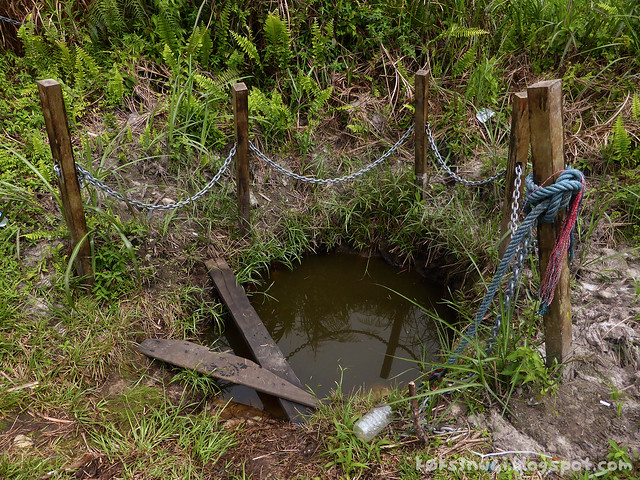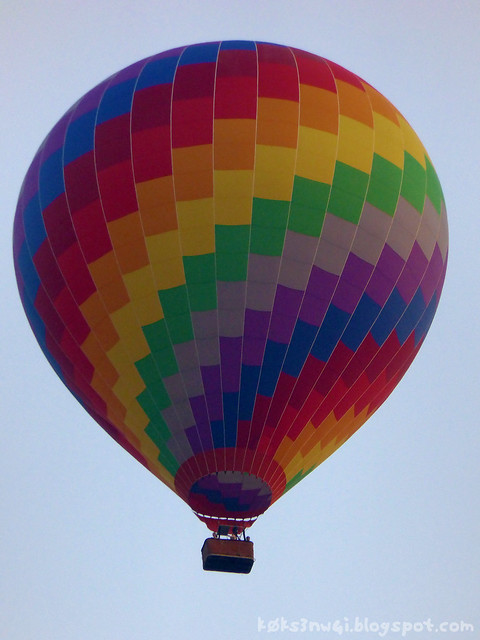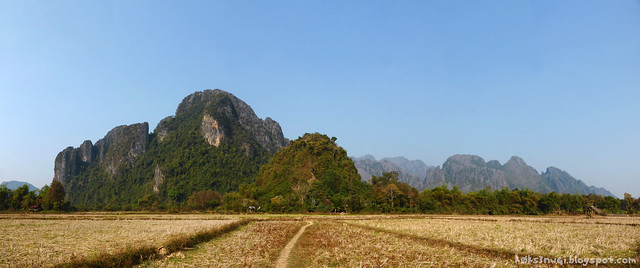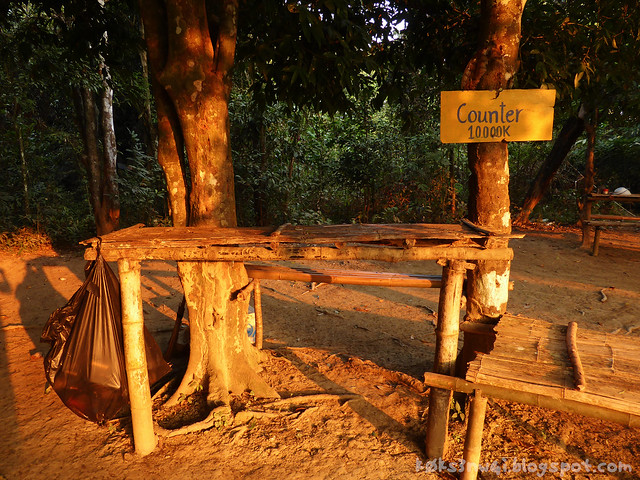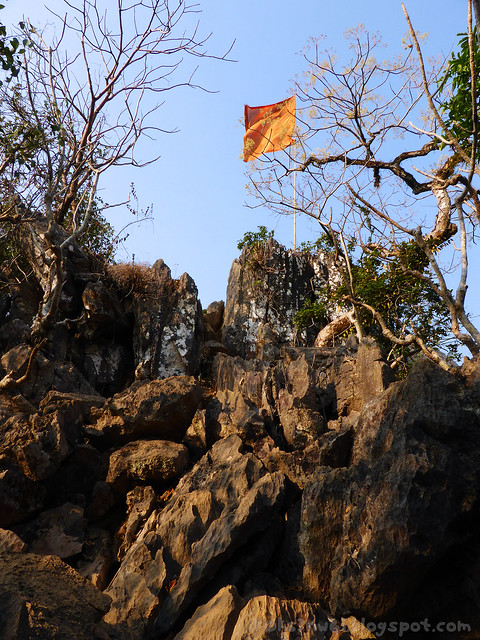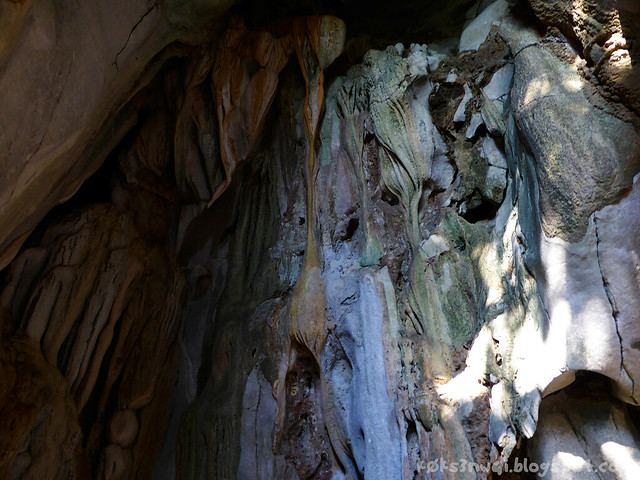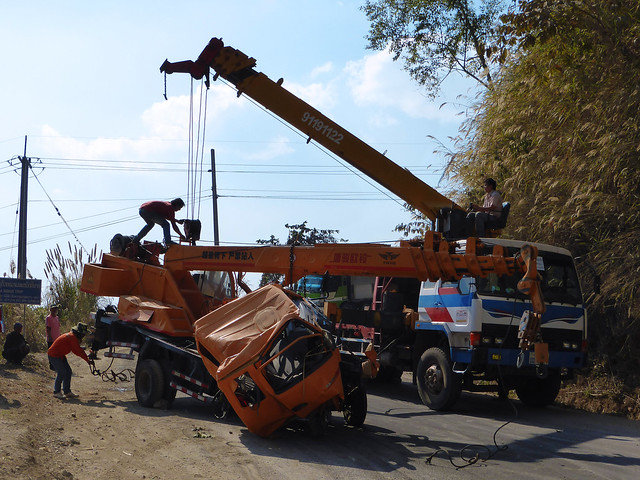"A bank is a place that will lend you money if you can prove that you don't need it."
Bob Hope
I think most households would have some sort of receptacle for the loose change that we unwittingly generate in our day to day transactions. In my household, it takes the form of a plastic tub which Cheryl bought for me when she got tired of me secreting coins everywhere like an incontinent piggy bank every time I come home – and now that we have an infant at home whose main mode of interaction with the world around him is gustatory, it had literally became a matter of life and death.
A couple of weeks ago, the tub began overflowing and I decided to take the lot to a bank and convert them into a form that would fit into my wallet more readily. Counting the coins proved to be a much more challenging task that I anticipated because they were in a mix of the old 2nd series coins and the newly minted 3rd series pieces. The new 50 cents are about the same size as the old 20 cents and are only ever so slightly bigger than the new 20 cents. Complicating it further is the fact that both the new 50 cent and 20 cent coins are gold in colour (the former being nickel-brass clad copper and the latter are made from nickel brass) so I had to look at each gold piece carefully to confidently differentiate them. The new 5 cent coins are also bigger than their 2nd series predecessors and are actually closer in size to the 10 cent coins (old and new) so there’s that as well. But counted the lot I did and after counting the stacks I've built from them, I found that they totalled a sum a little more than RM170. After that, I plowed the stacks into a plastic bag and then nested that into a second plastic bag before bringing it with me to the bank.
 |
| Hardly anything that glitters is gold. |
The first bank I brought my swag to told me that their
coin-counting machine was out of order and that no, they cannot just take my
word for it regardless of how upstanding a citizen I am or how many old ladies
I have helped across busy streets.
That could not be helped so I took my heavy bag of loot
to a nearby second bank. The receptionist who handed me my number told me that
I need not bother as their bank does not offer the service of transmuting metal
into paper for its customers. I ignored her because by this point, I was already sufficiently annoyed
that my hearing had begun failing me.
When my number came up, I walked to the counter and
plopped my baggie of cold hard cash right under the nose of the teller. He
looked like he was going to repeat what the receptionist told me but I cut him
off at "Sir" because I am not in the habit of letting people tell me the same
things twice as if I am a particularly stupid dog.
"I would like to pay my credit card bill with these
coins," I said, handing him a payment slip with my credit card number on it.
He looked at me hard for a second. I smiled in reply.
He excused himself from the counter, presumably to get
ahold of someone belonging to a higher pay grade than he is, and returned with
a lady who asked me how she could help me. I repeated my request.
"I'm sorry, sir," she began. "Usually, we would tell our
customers to sort their coins into their separate denominations before
accepting them. You see, our machine..."
"So, is there an official company policy saying that you cannot
accept my coins if I haven’t sorted them?" I interjected because I wasn’t in
the mood to give any fuck. I was not going to go through the tedious process of counting the bloody coins again.
"No, it’s just that…" she faltered. "If you don’t want to
sort them, then you have to leave your coins with us for a couple of days for
us to sort them for you before processing your credit card payment."
"Excellent!" I said with a huge grin on my face. "Let’s do precisely that!"
"Excellent!" I said with a huge grin on my face. "Let’s do precisely that!"
She was taken back because she didn’t think that I would
agree to that. After another awkward moment, she excused herself, saying she
would be right back.
About a minute later, a middle-aged gentleman came to the
counter instead and asked me, quite unironically, how he could be of service.
The lady who talked to me must have given up.
We had a repeat of the previous conversation I had with
the woman, including him telling me that they "usually" have their customers
sort their coins first and I demanding to read their SOP guidelines.
"Look, your colleague previously said that I can leave my
coins for a day or two for your people to sort," I told him. "I agreed to it,
so I consider the matter settled. Unless you are saying she lied to me?"
He stupidly repeated that line about how they "usually" have their customers do the sorting before bringing their coins to them. Since
stupid is a game that two can play at, I stupidly repeated the prior agreement
I had struck with the lady.
"Okay," he said resignedly and picked up my bag of change.
"Good man! There’s RM170 in the bag. I will check if the
correct amount is banked into my credit card account," I said and shook his enervated
hand.
Like I always say, why let customer service providers frustrate you when you can frustrate them instead?
P.S. According to Act 519 (Central Bank of Malaysia Act1958), in section 24 regarding legal tender, the bank has the right to refuse a
payment in coins if the amount exceeds RM10. If they knew the law, they could
have refused me on that ground alone. But they didn’t, so la dee da.
Unflappable,
k0k s3n w4i

















